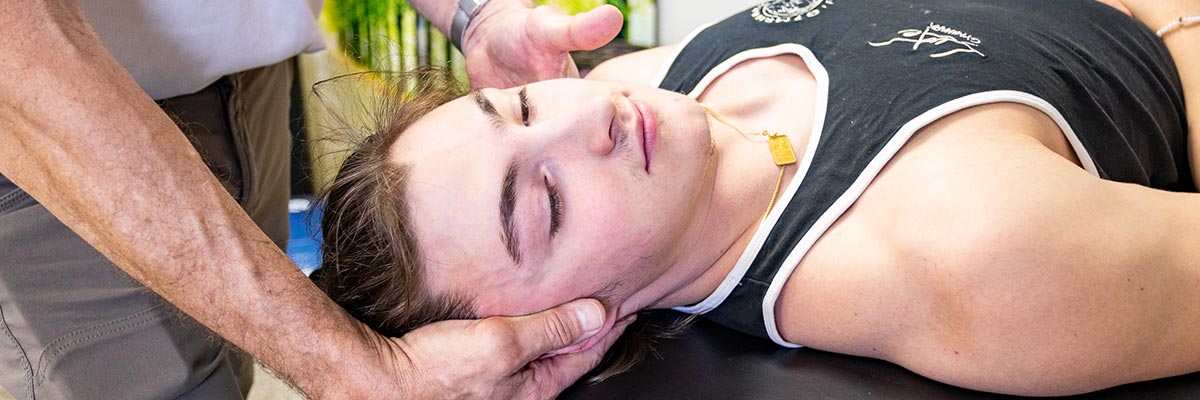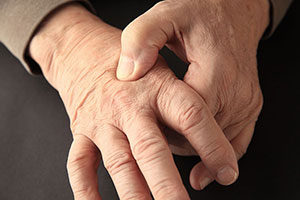
What is Chiropractic?
Chiropractic is a healthcare profession that focuses on disorders of the musculoskeletal system and the nervous system and the effects of these disorders on general health. Chiropractic services are used most often to treat neuromusculoskeletal complaints, including but not limited to back pain, neck pain, pain in the joints of the arms or legs, and headaches.
What is a Doctor of Chiropractic?
Doctors of Chiropractic (DCs) – often referred to as chiropractors or chiropractic physicians – practice a hands-on, drug-free approach to health care that includes patient examination, diagnosis, and treatment. Chiropractors have broad diagnostic skills and are also trained to recommend therapeutic and rehabilitative exercises, as well as to provide nutritional, dietary, and lifestyle counseling.
DCs may assess patients through clinical examination, laboratory testing, diagnostic imaging, and other diagnostic interventions to determine when chiropractic treatment is appropriate or when it is not appropriate. Chiropractors will readily refer patients to the appropriate health care provider when chiropractic care is not suitable for the patient’s condition or the condition warrants co-management in conjunction with other health care providers.
In many cases, such as lower back pain, chiropractic care may be a patient’s primary method of treatment. When other medical conditions exist, chiropractic services may complement or support medical treatment by relieving the musculoskeletal aspects associated with the condition.
Like their MD colleagues, doctors of chiropractic are subject to the boundaries established in state practice acts and are regulated by state licensing boards. Further, their education in four-year doctoral graduate school programs is nationally accredited through an agency that operates under the auspices of the U.S. Department of Education. After graduation, they must pass national board exams before obtaining a license to practice. Then they must maintain their license annually by earning continuing education (CE) credits through state-approved CE programs.
What is Spinal Manipulation?

One of the most common and well-known therapeutic procedures performed by doctors of chiropractic is spinal manipulation (sometimes referred to as a “chiropractic adjustment”). The purpose of spinal manipulation is to restore joint mobility by manually applying a controlled force into joints that have become hypomobile – or restricted in their movement – as a result of a tissue injury.
Tissue injury can be caused by a single traumatic event, such as the improper lifting of a heavy object, or through repetitive stresses, such as sitting in an awkward position with poor spinal posture for an extended period of time.
In either case, injured tissues undergo physical and chemical changes that can cause inflammation, pain, and diminished function for an individual. Manipulation, or adjustment of the affected joint and tissues, restores mobility, thereby alleviating pain and muscle tightness and allowing tissues to heal.
Chiropractic adjustment rarely causes discomfort. However, patients may sometimes experience mild soreness or aching following treatment (as with some forms of exercise) that usually resolves within 12 to 48 hours.
Compared to other common treatments for pain, such as over-the-counter and prescription pain medications, chiropractic’s conservative approach offers a safe and effective option.
To learn more, please use the request appointment tab on the right side of this page or call for an appointment: 845-255-1200.
What is Peripheral Neuropathy?
Your nervous system connects the nerves from your brain and spinal cord to the rest of your body, delivering signals about physical sensations back to your brain from your arms, hands, feet, and legs. If these nerves become damaged due to an injury, illness, infection, diabetes, or exposure to toxins, it is called peripheral neuropathy. Learn More.
To learn more, please use the request appointment tab on the right side of this page or call for an appointment: 845-255-1200.

